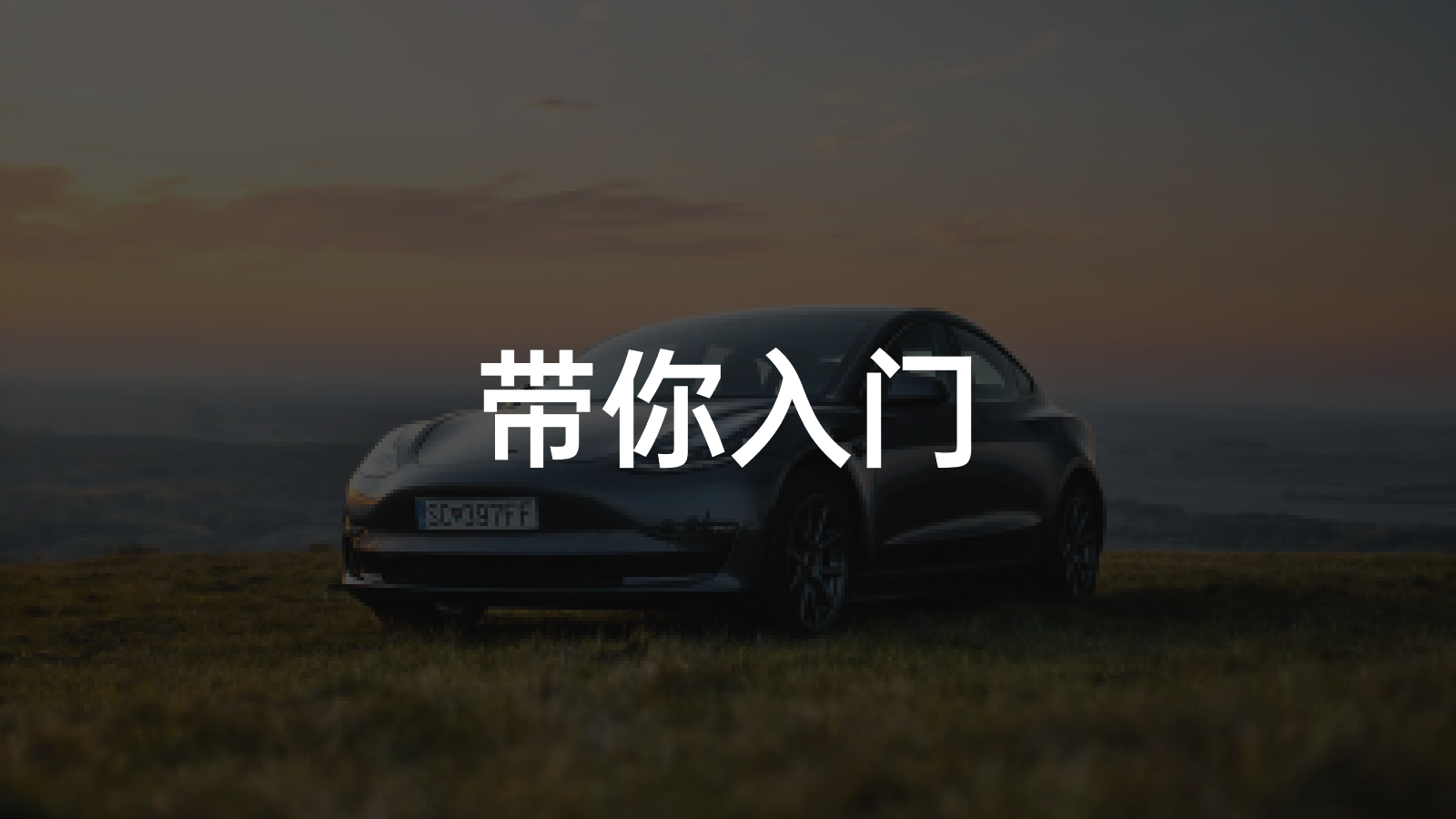A Beginner’s Guide to New Energy Vehicles for Those Who Know Nothing
If you are interested in electric vehicles or are in the process of purchasing one, this guide can help establish your basic knowledge of electric vehicles. Without further ado, let’s begin.
Differences in License Plate Policies between New Energy Vehicles and Fuel Vehicles

Pure Electric Vehicles
Advantages: No engine noise, able to use electronic devices in the car such as air conditioning and in-car video without having to turn on the engine. Able to enjoy relevant policies in all cities across the country with new energy license plates such as subsidies for new energy, electricity fees and exemption of vehicle purchase tax. Stronger in power compared to fuel vehicles at the same price range, and the usage cost is also much lower than fuel vehicles.
Disadvantages: Range in winter will be greatly reduced, charging time is longer, and value retention is not as good as fuel vehicles. Charging infrastructure such as charging stations and maintenance points is not as perfect as fuel vehicles.
Representative models: Tesla Model 3, NIO ES6, Wuling Hongguang MINIEV
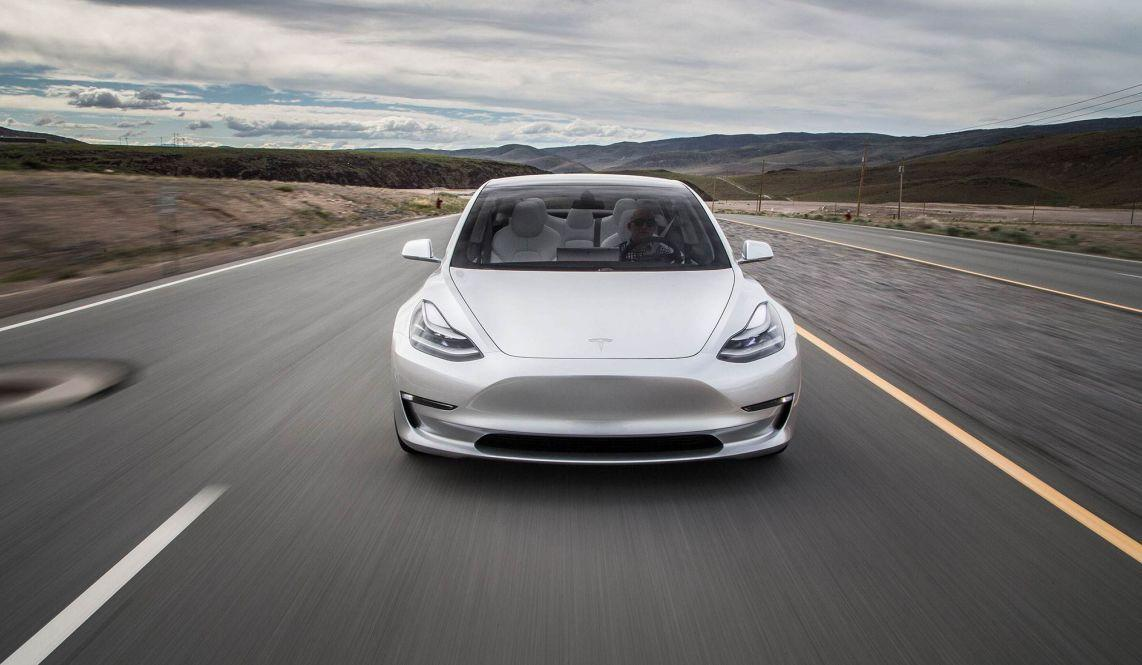
Plug-in Hybrid
Advantages: Can be issued new energy license plates in all cities except Beijing. Even without charging conditions, energy can be supplemented by simply relying on refueling. With high levels of battery power, it can offer better power than fuel vehicles. If you have charging conditions and your daily round-trip distance is around 50 kilometers, your vehicle usage cost will be greatly reduced.
Disadvantages: Most models only have AC slow charging interfaces, and the internal space will be affected to a certain extent compared to fuel vehicles in the same platform. Here is a comparison of the normal Corolla and the Corolla plug-in hybrid version of the trunk.
Representative models: Corolla plug-in hybrid, Volvo XC90 new energy, BYD Tang DM-p
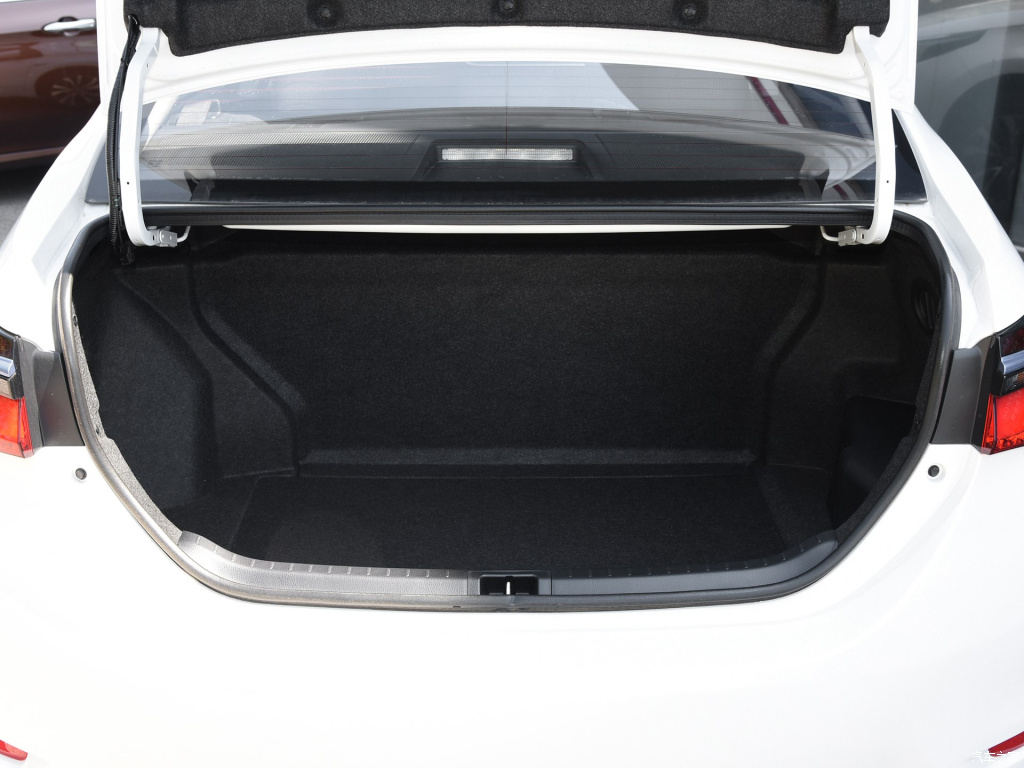

Extended-Range Vehicle
Advantages: This is the only way currently where you can experience the sensation of driving an electric vehicle through refueling. Although there is still an oil-burning range extender “generator,” it can always maintain a high-efficiency working state. Therefore, its energy consumption is lower than that of plug-in hybrid. It can also get a new energy vehicle license plate in all cities except Beijing.
Disadvantages: Energy consumption at high speeds is higher than when used in city conditions.# Vehicle Models: LI ONE, Voyah FREE Extended Range Edition
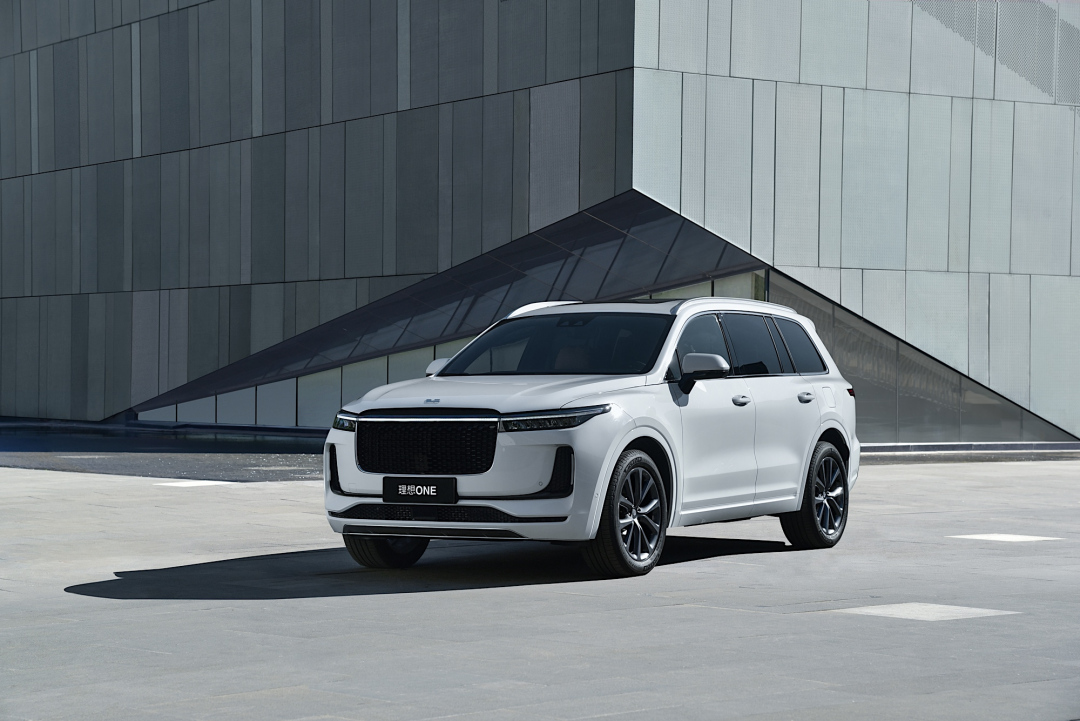
Charging-Related
Charging Port
Most electric vehicles in China have two charging modes: fast and slow. Only a few micro electric vehicles, such as the “Wuling Hongguang MINIEV” model, have only slow charging access.
Friendly reminder: Currently, all vehicle charging ports in China have been standardized into the following two types, so there is no need to worry about mismatches with chargers in the market.
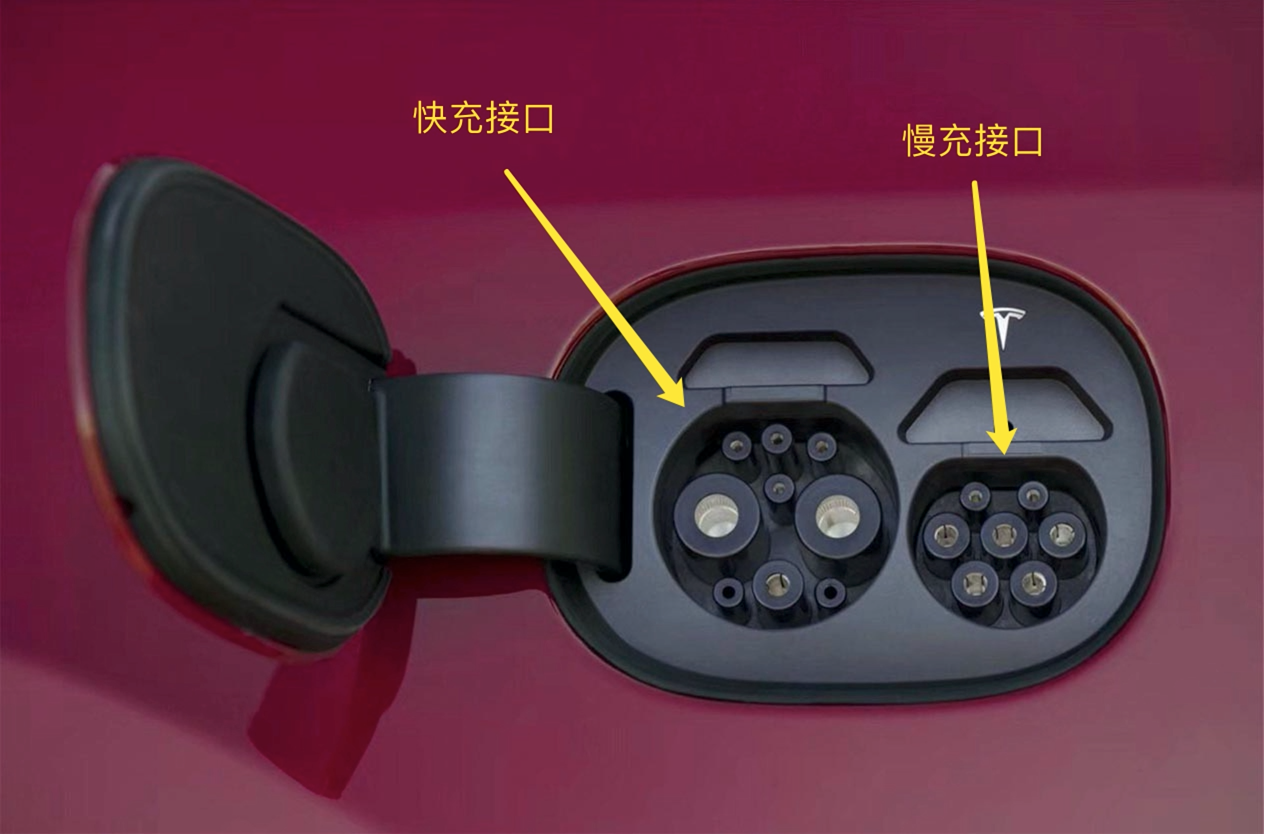
How to Charge?
To charge a vehicle at a dedicated charging station built by its brand, “Tesla, Nio, and XPeng all have dedicated charging stations,” please follow these steps:
Tesla
Upon arrival at the supercharger, select the red station you are at on the touchscreen, and you will see the password for the supercharger in your area. After noting it down, scan the QR code on the corresponding parking space with your mobile phone, fill in the password, and the parking space lock will lower. Back up your vehicle into the parking space, pick up the charging gun, press the button on the charging gun on the rear left of the vehicle, and insert it directly into the vehicle interface.
Nio, XPeng
After parking in the space, insert the charging gun into the vehicle interface. Scan the QR code with the relevant brand app, and follow the prompts to start charging.

For third-party charging stations, the more well-known third-party charging brands on the market are “State Grid, Little Orange Charging, Star Charging, and Teletubbies.” Please follow these steps:
The charging methods of these three brands are basically the same “the picture shows Little Orange Charging as an example.”
- Download the corresponding brand’s app or open its mini-program.
- Find nearby charging stations “self-operated stations recommended.”
- When you arrive at the charging space, insert the charging gun into the vehicle’s charging port and follow the prompts on the charging station.
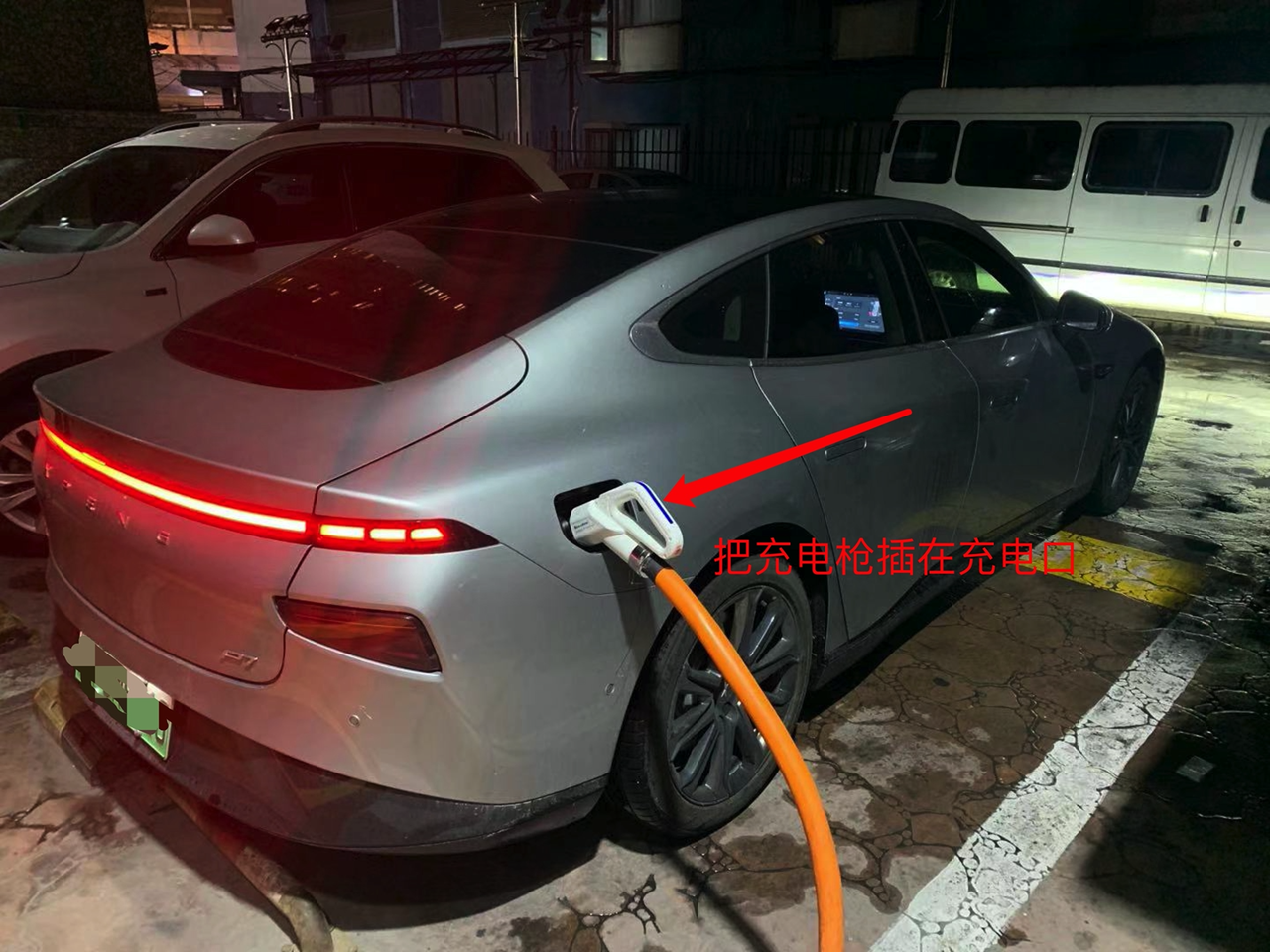
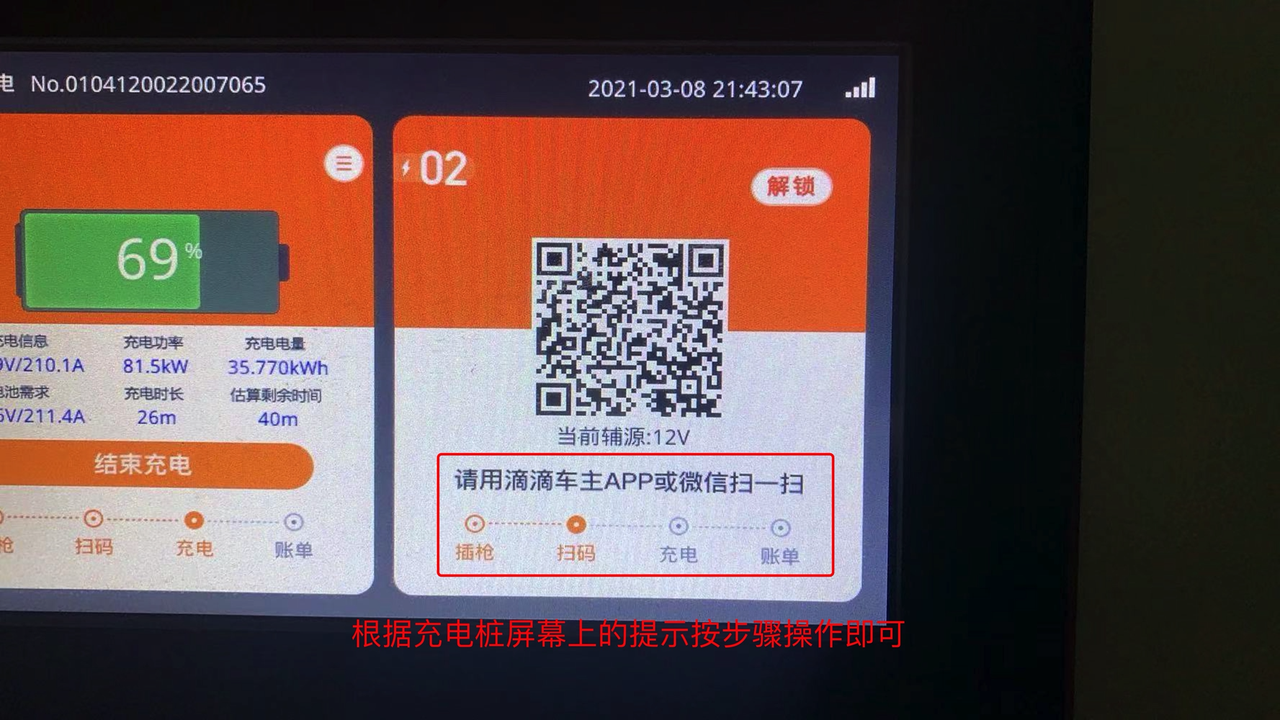
-
If you have a long-term rental or purchased parking space at home, you can usually install a home charging station “slow charging” after communicating with the property.
Usage: Simply drive into the parking space, open the charging port, and connect the charging gun to start charging.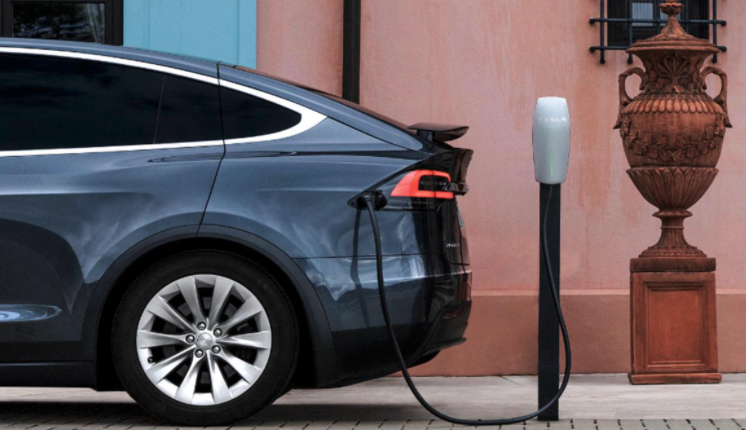
-
If there are sockets available in places you often go, such as having a storefront, living on the 1st floor, having a yard, or being able to get a socket at work, then you can use a portable charger to charge.
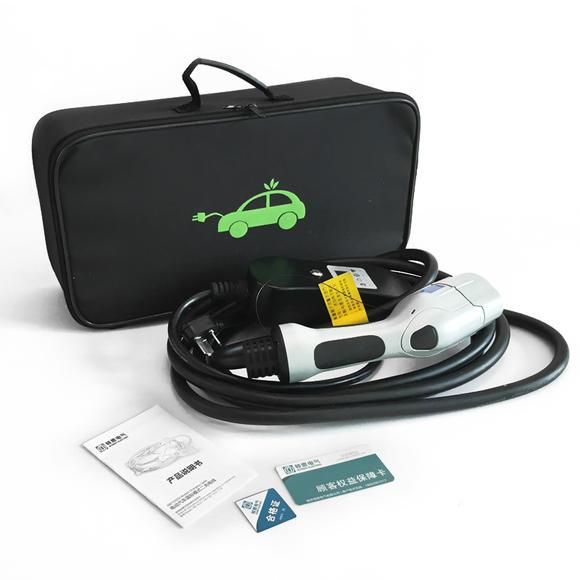
- Some brands also have their own exclusive “battery exchange stations”, where you can exchange a battery after running out of power. Currently, the only brand available for private car owners is “NIO”.
What’s the difference between “AC Slow Charging” and “DC Fast Charging”?
AC Slow Charging (“usually installed in private parking spaces or public parking spaces in residential areas”)
If you have a private long-term lease or own a parking space, you can generally install a private AC charging station after communicating with the property management. Its charging speed peak power is between 7kW-11kW, which is 7-11 degrees per hour.
Taking the Tesla Model 3 Standard Range Plus currently on sale as an example, its total battery capacity is 55 kWh. The charging time from 0 to full should theoretically be between 5-7.8 hours.
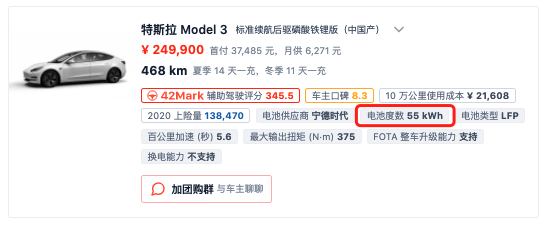
DC Fast Charging (“brand-specific super charging stations, third-party fast charging stations”)
At present, there are several brands in China that have their own brand-specific super charging stations with relatively wide coverage, including Tesla, NIO, and XPeng. The brand-specific super charging stations provide the best charging experience currently available on the market. They are generally built in areas of good parking resources in cities, such as shopping mall parking lots, office building parking lots, and park parking lots. They are easy to find, and they have a specific logo on the car’s map, as shown below:

You can also find them on the brand-specific APP. If there is a brand-specific super charging station within 3-5km of your home or workplace, your vehicle experience will be excellent! If your daily round-trip distance is within 50 km, even with consumption taken into account, for example, for models with a mainstream NEDC range of 400-500 km, they can generally last about a week after one charge.The time required for each charging session is around 40-60 minutes, during which the electronic devices inside the car can still be used. You can sleep, watch videos, or visit the mall, park, etc. located near the charging station. It’s a great way to pass the time.

Third-party Fast Charging Stations
This is currently the most common and widely covered charging solution on the market. Each area also has its own local charging station operation brand, including national grid, southern grid, TELD, Stars Charging, Xiaoju Charging, etc. Similar to those brand stations, they are also located in areas with abundant parking resources, and some highways are also covered by national grid and southern grid brand charging stations.
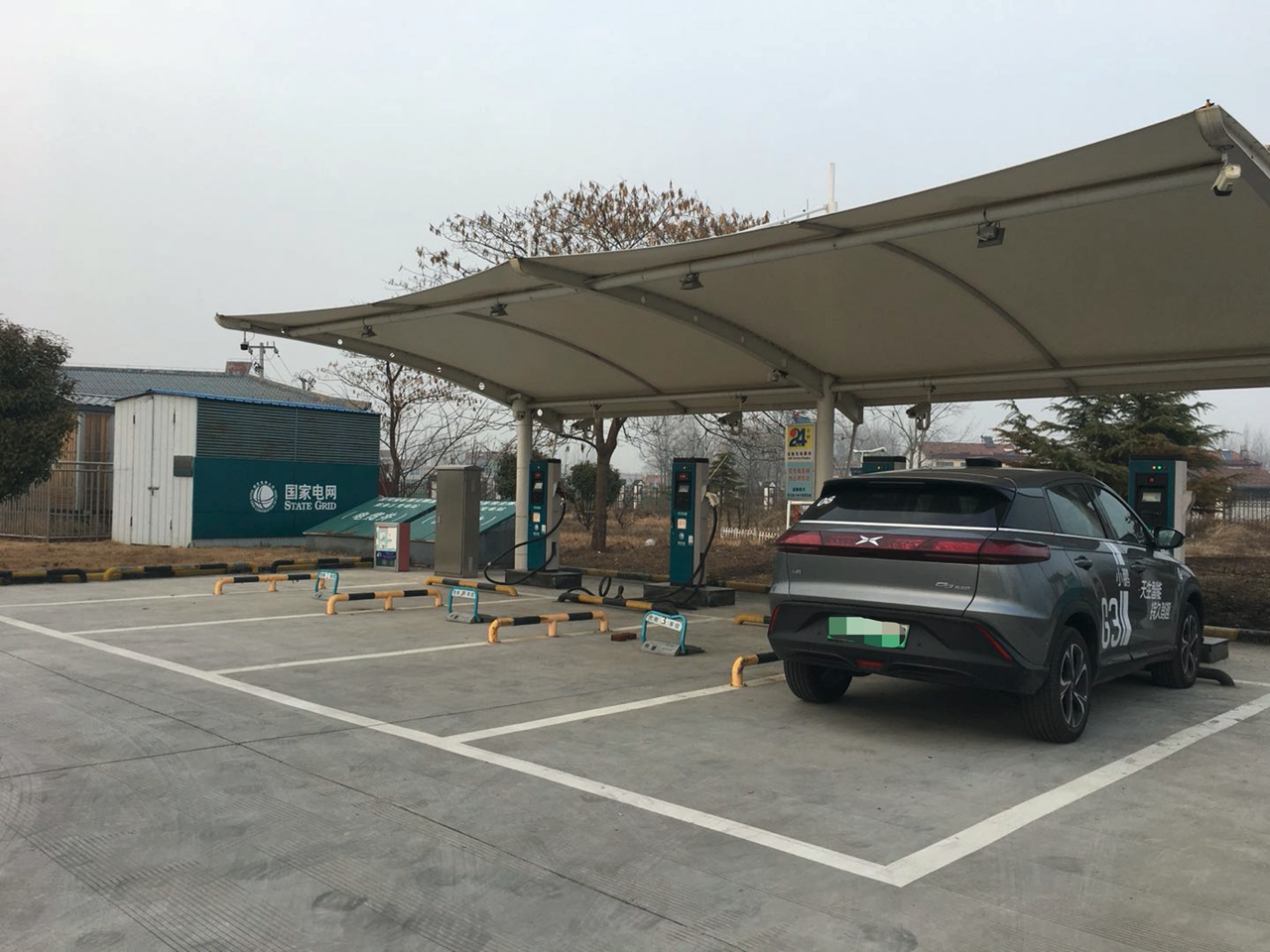
How to find third-party charging stations?
The most direct way is to download an APP that covers multiple charging station brands. Here, I recommend using the charging station function of Amap or “ChargeOn APP”. Then you can find charging stations near you. In addition to covering charging brands, the APP also shows the charging station status, type (fast or slow charging), frequently used charging stations, and user reviews.
Friendly reminder: If you find it cumbersome to open the APP every time, you can directly drag the “Charging Map” function to the top.
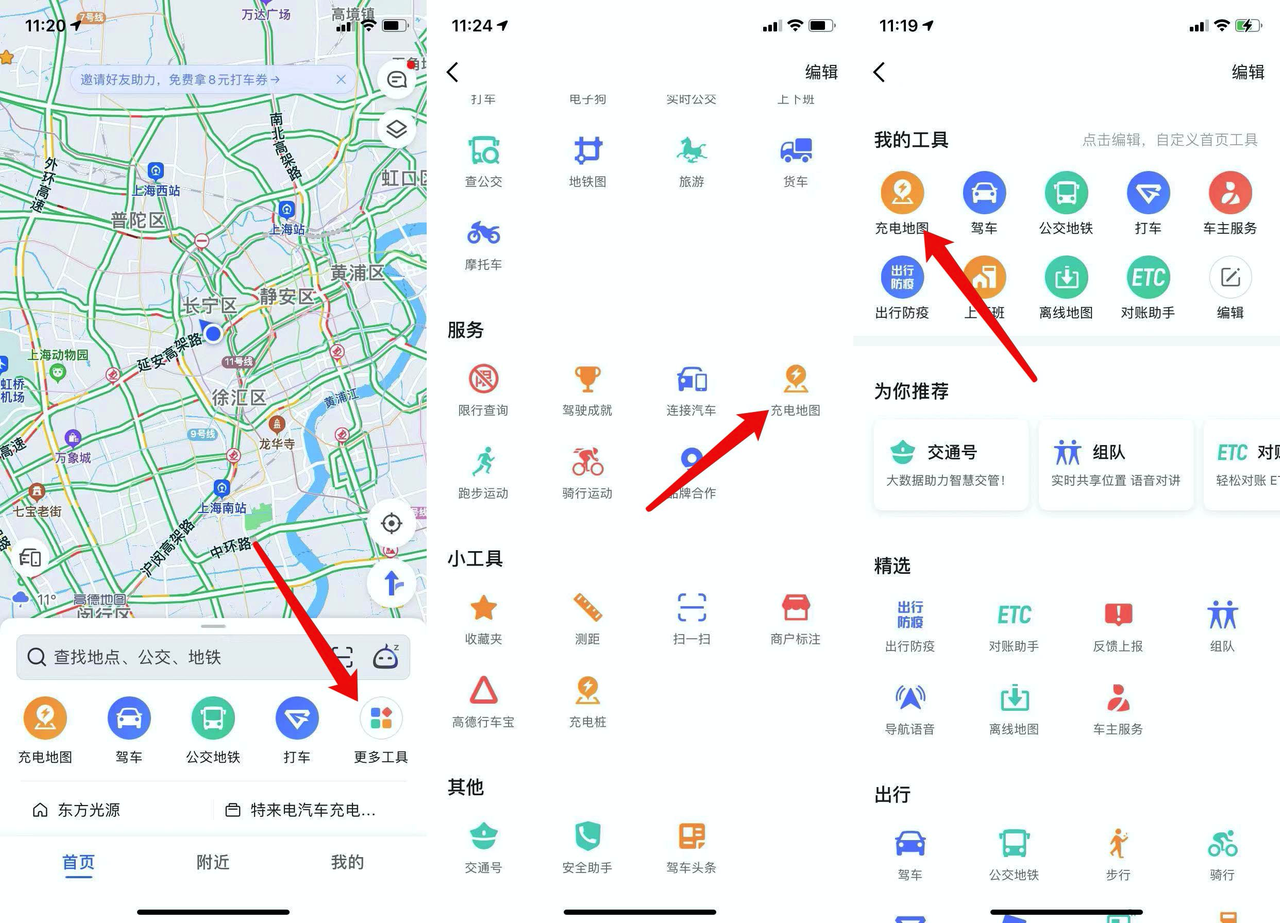
It should be noted that some charging stations in special areas such as government agencies and bus companies are not open to the public. Therefore, if you cannot charge at home or work, it is recommended to conduct on-site inspections of the surrounding charging environment to confirm if the station is regularly used and if it is convenient to access. This way, you can have a rough concept of charging time and distance.
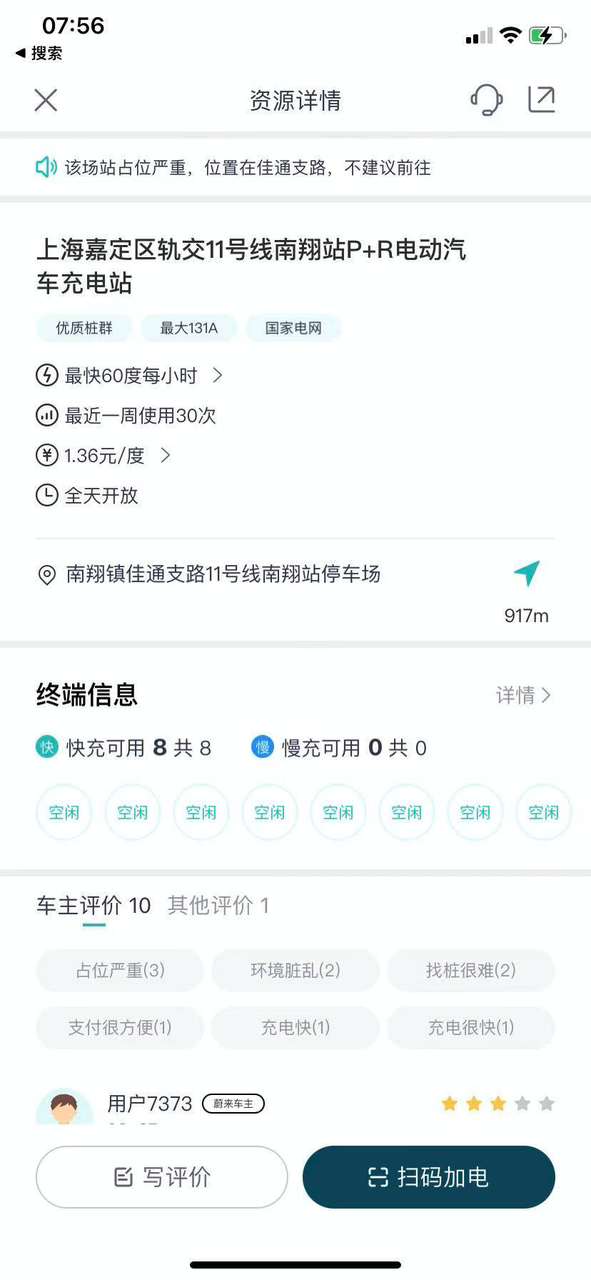
Is it really impossible to buy an electric car without charging station installation conditions? Are there any alternative solutions?
Solution 1
Using a brand-exclusive charging station or third-party fast charging stations is currently the most common way for most electric car owners to replenish power. As long as there is a stable and reliable brand-exclusive charging station or third-party fast charging station within 3-5 km of your home or workplace, your driving experience can be completely guaranteed.Translated Markdown:

Option 2
If there is a regular socket near your parking spot (preferably with a 16A socket), or if there is a socket that you can use in the place where you often park (by discussing with neighbors, businesses, restaurants, or using your own one if you live on the first floor), you can use a “portable on-board charger” to charge your car.
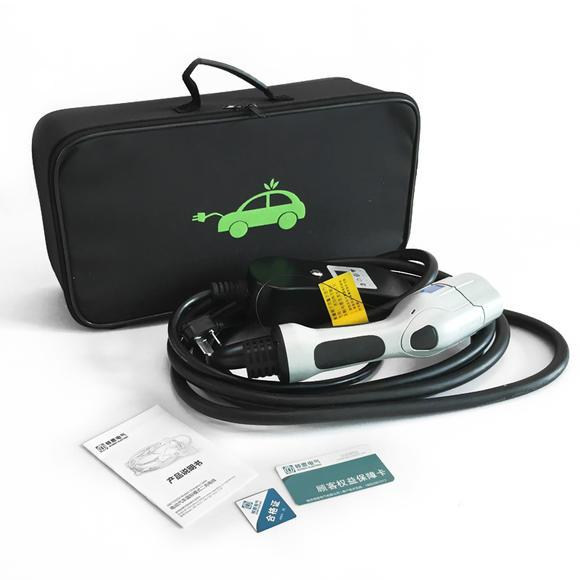
16A socket: Generally used for charging high-power home appliances, such as air conditioners. The charging power is around 3.5kW (3.5 kWh per hour).
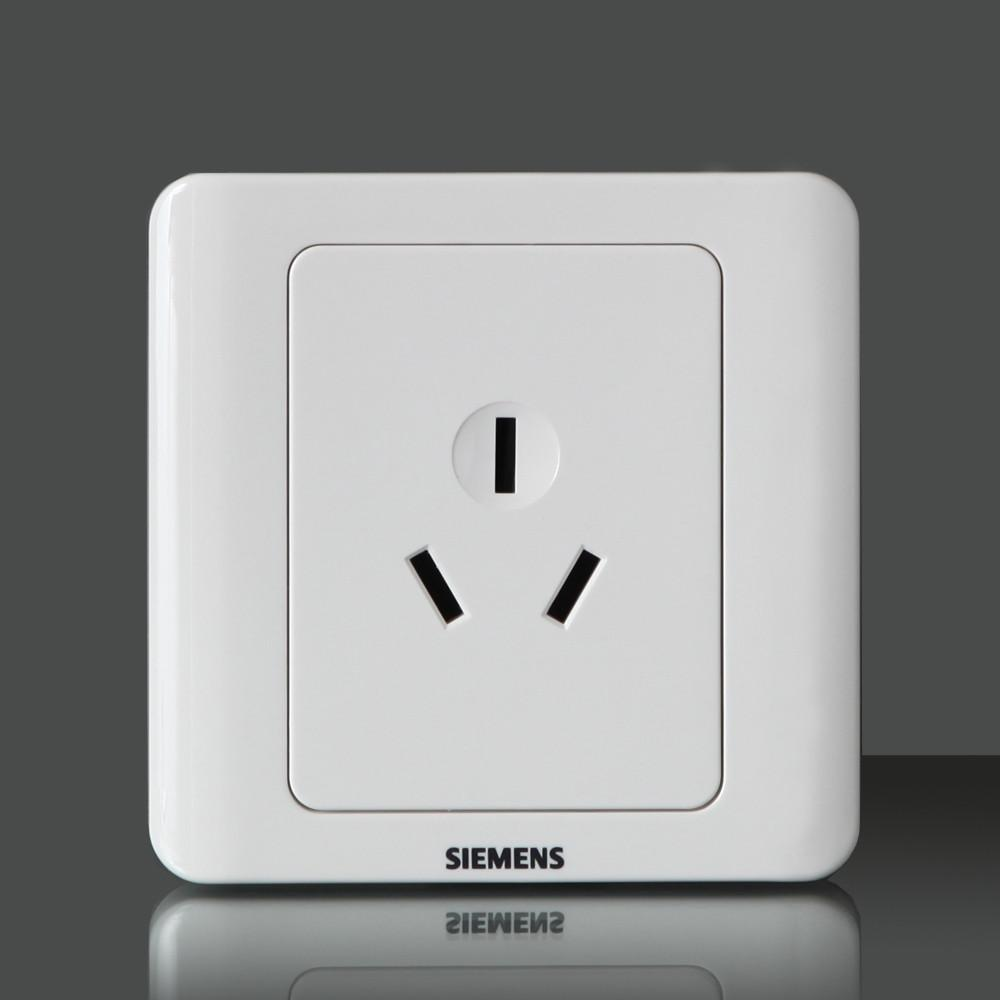
Don’t think it’s slow. Let’s take Tesla Model 3 Standard Range Plus as an example. Its total energy capacity is 55 kWh. Assuming you come home at 8:00 p.m. every night and leave at 8:00 a.m. the next day, even after taking into account losses, you will have almost 40 kWh of energy after 12 hours. If your daily round-trip commute distance is within 100-200 km, this charging speed will fully meet your needs. Even if you buy a model with a larger battery, 40 kWh per day is still sufficient.
10A socket: This type of socket is everywhere, and any socket that can be used for ordinary appliances (such as mobile phones, rice cookers, hair dryers) can be used.
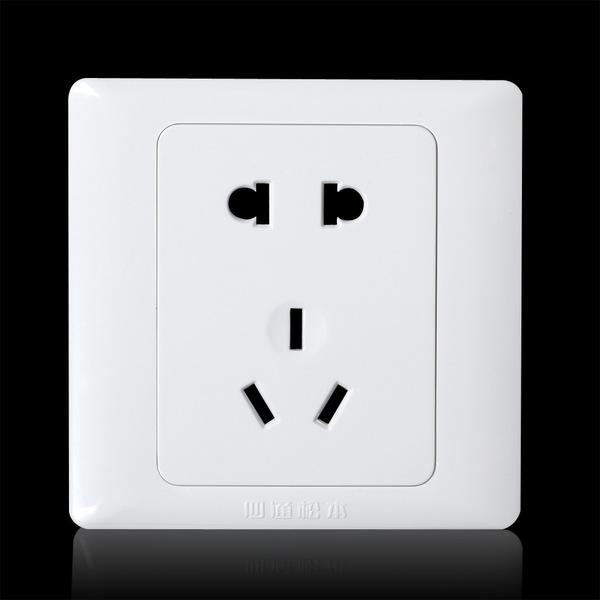
This charging speed is slower, typically between 1.2-2 kWh. Taking 12 hours as an example, you will gain 14.4-24 kWh of energy if you charge overnight. Although this charging speed cannot compete with the 16A socket, it is sufficient if your daily round-trip travel distance is within 50 km.
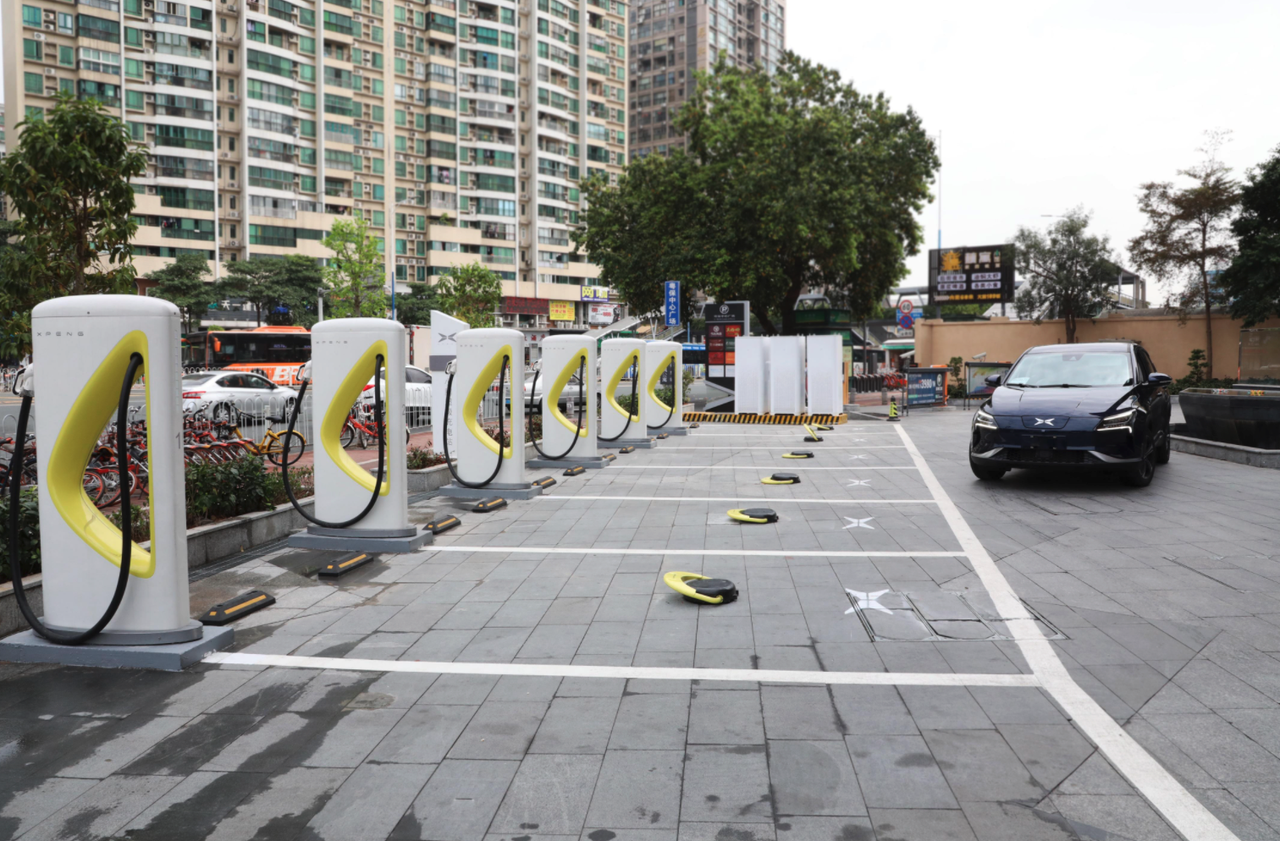
What if the car runs out of power?
The vehicle insurance we purchased comes with many free roadside assistance opportunities. If you inform the insurance company that your car cannot be driven on the road, the insurance company can contact a nearby tow truck to take you to the nearest charging station for charging. However, this is a last resort, so we still need to plan our car use properly in advance.
How to plan a long-distance trip? How to calculate how long it will take?The service areas on many highways are now equipped with charging stations from the National Grid and Southern Grid, and it is easy to locate them. Simply open Amap or Baidu Maps, enter your itinerary, click on the “charging station” option in the search function, and the charging stations along the way will be automatically marked on the map. Then, based on the range of your vehicle’s cruise mileage, add them as waypoints to your navigation for this trip. However, note that the charging time is not included in the map’s calculated time and needs to be calculated separately.
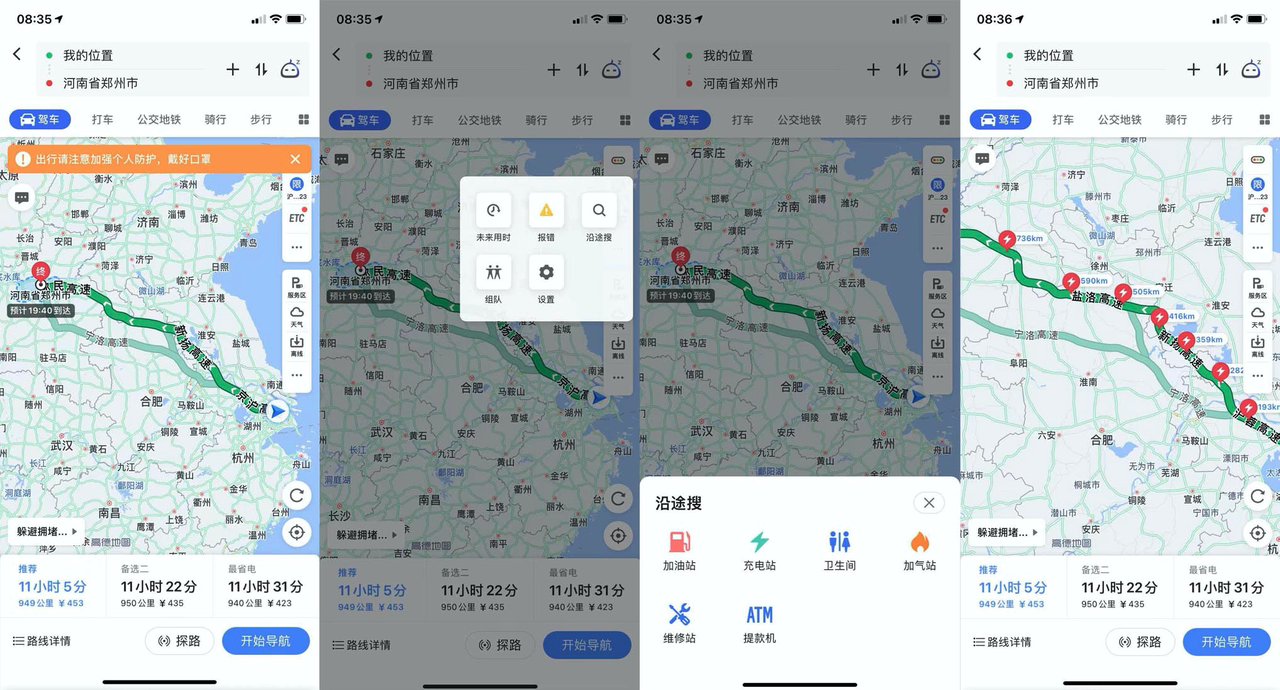
Range Related
Does the salesperson’s claimed cruising range have any reference value?
The cruising range that salespeople usually talk about generally refers to NEDC range, but this is not the actual range that we can actually use. Based on most of the vehicle models we’ve driven, this performance is generally discounted by about 20% in the summer and 30-40% in the winter, and the data will be even more exaggerated if driven on the highway.
Here is an example of our test results of high-speed cruising performance of the four-wheel drive long-range Model Y and Model 3 performance version. The officially calibrated NEDC ranges are 594km and 605 km respectively. The following are the test conditions at that time. We drove at almost 120 km/h speeds throughout the journey, with an average speed of 102.7 km/h.

Both cars finally stopped at 306 kilometers, which is discounted by 50% according to NEDC standard.

Friendly reminder: Because the usage frequency of charging stations on highways is lower than in urban areas, there may be more damage and aging to them. Therefore, it is recommended to observe the usage records of charging stations along the way before departure. If there are no records, it is recommended to start charging in the service area when the vehicle’s power consumption drops to about 150km. Otherwise, once you encounter a situation where you cannot charge or charging speed is too slow, it is sufficient to drive to the next charging station.
Battery Related
Will using fast charging affect the battery?
It will have an impact, but as long as you follow the manufacturer’s recommended usage methods, the damage will be greatly reduced. In general, the manufacturer will set a recommended usage range for the vehicle (see the figure below), which is usually 20%-80% or 20%-90%. In the case of long-distance driving, the battery can be fully charged.Here is an example to illustrate: charging a car is like eating for humans. The correct and healthy way of eating is to stop when you are only 6-8 points full, unless there are special circumstances. If you keep eating until you can’t eat anymore every meal, you will eventually develop gastrointestinal problems.

What are the differences between ternary lithium batteries and lithium iron phosphate batteries? Which one is more suitable for you?
Here I have summarized the overall advantages and disadvantages of the two batteries.
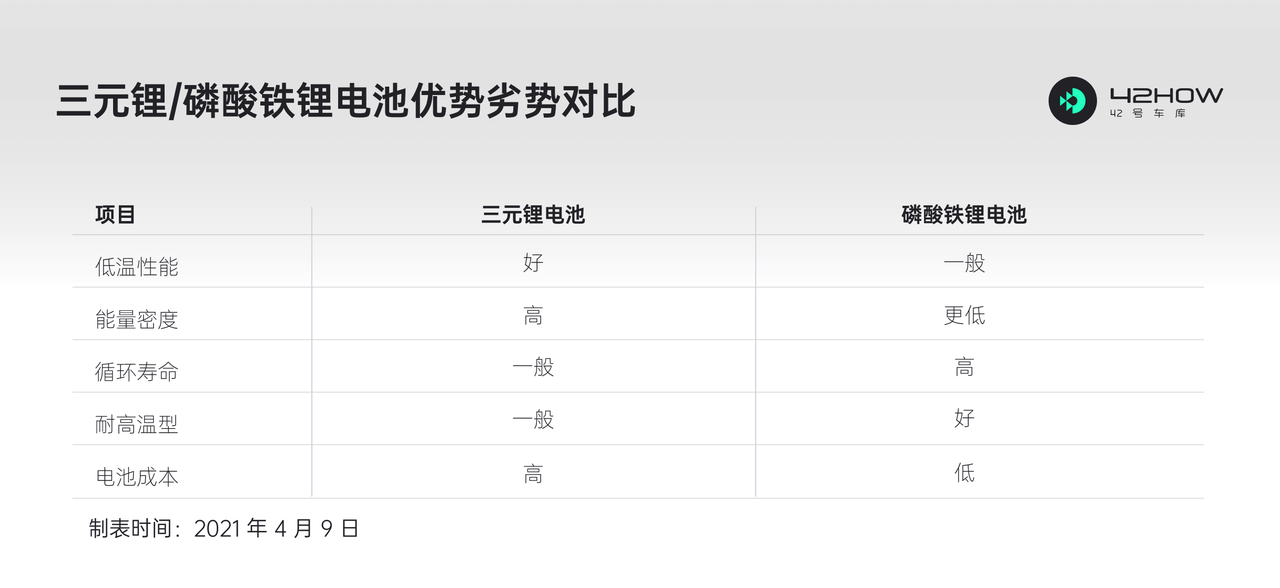
Lithium Iron Phosphate Battery
I only recommend it for car owners in the southern regions where the temperature is always above freezing, as the low-temperature performance of lithium iron phosphate batteries is relatively poor. However, their performance is not much different from that of ternary lithium batteries in regions with moderate temperatures. Therefore, I only recommend car owners in the southern region to purchase it.
Ternary Lithium Battery
It can be purchased in both northern and southern regions. Ternary lithium batteries have better low-temperature performance than lithium iron phosphate batteries, so there are no regional restrictions.
“They” have something to say
Ternary lithium batteries / lithium iron phosphate batteries: If we are hit or punctured, please take me to the service center as soon as possible. If you see me smoking or catching fire, please abandon the car immediately and evacuate the surrounding people, and dial 119 to report.
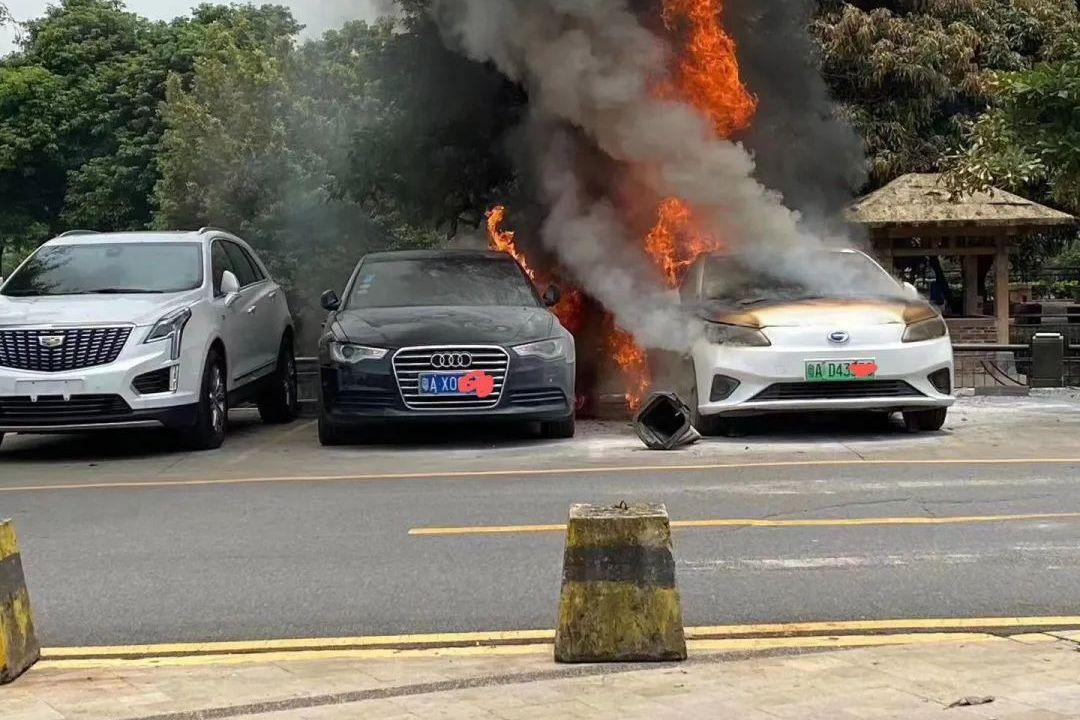
Comparison of advantages and disadvantages between electric and gasoline cars
Advantages
- There are preferential policies in many first-tier and license-plate-restricted cities, such as free license plates and exemption from purchase tax.
- There is no engine vibration and noise, and driving it is quieter and more comfortable than driving a gasoline car.
- Electric cars have a stronger power than gasoline cars of the same price, which is the natural advantage of electric cars.
- Acceleration is more natural and less likely to cause surges than gasoline cars.
- The on-board electrical appliances can be used at any time without having to start the car, allowing you to watch videos, use the air conditioning, and use the seat heating and ventilation and other comfort features.
- In addition to conventional consumables, electric cars do not need to maintain large components such as engines and gearboxes.
Disadvantages
- The performance of endurance varies greatly in winter compared to other seasons.
- The basic infrastructure, such as charging piles and repair points, is not as comprehensive as that of gasoline cars.
- It does not hold its value as well as gasoline cars of the same price.
- It takes longer to recharge than a gasoline car.
Which brand of electric car sells the most?
Click this link → 42 Garage’s New Energy Vehicle sales rankings to see which cars sold the best in China every month.Translate the Chinese Markdown text below to English Markdown text while retaining the HTML tags in a professional manner, output only the result.

Is the operating cost of electric vehicles really low?
There is no doubt about this. Currently, the average charging price for third-party brand charging stations is about 1.5 yuan/kWh. Based on the city’s driving range of about 350 km for Tesla Model 3 Standard Range Plus, the cost is 0.23 yuan/km.
Note: The above cost is based on the price of third-party and brand-owned supercharging stations. If you have the installation conditions of home charging and enjoy the power supply standards for residential use, based on the step electricity prices of 0.33-0.56 yuan/kWh in the Shanghai area, it only takes 18.15 yuan or 30.8 yuan to fully charge a Tesla Model 3 Standard Range Plus, which is equivalent to 0.05-0.08 yuan/km.
Here, we will compare it with the fuel car Audi A4L, which is relatively close. Based on an average fuel consumption of 8.57L/100km, the operating cost is also 0.6 yuan/km.
Let’s take a look at the operating cost comparison of the two models at 20000 km:
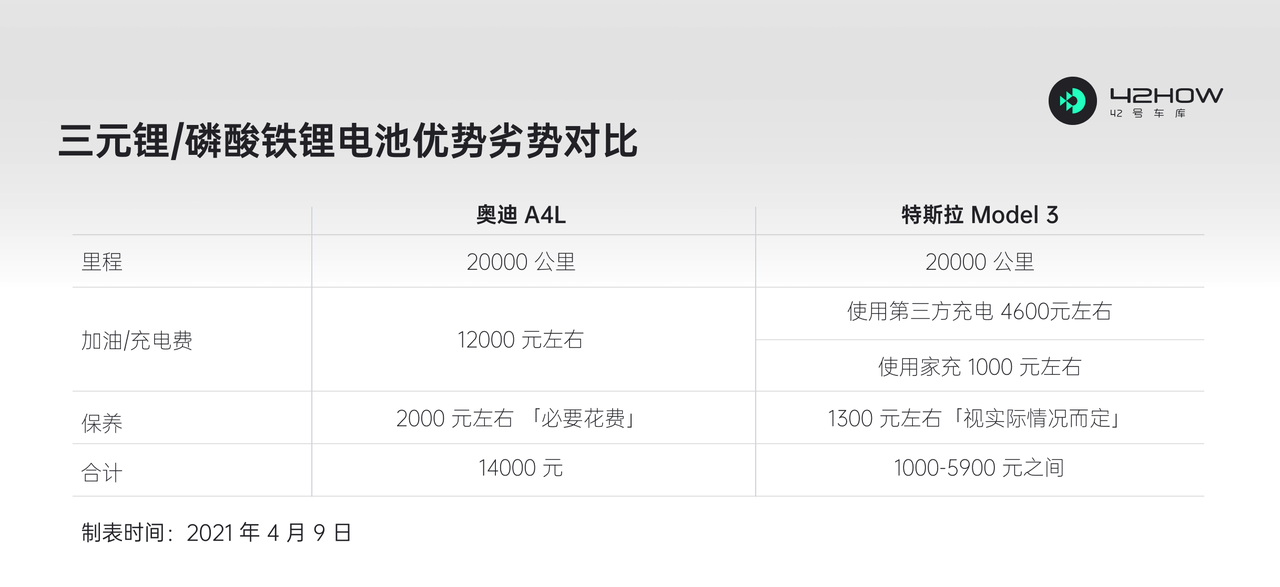
What maintenance is required for electric vehicles?
Electric vehicles require very few maintenance items. Let’s take a look at Tesla’s official maintenance recommendations. Here, we will use Tesla Model 3 and Audi A4L, which are priced similarly, as an example:
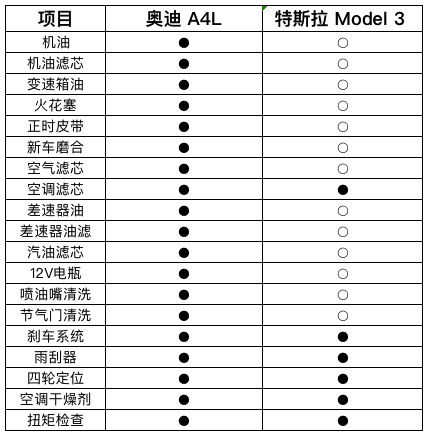
Related to assisted driving
What is assisted driving? What can it do for you specifically?
As the name suggests, it is a vehicle configuration that assists the driver in driving. It can help the driver replace a large number of simple and highly repetitive operations, in order to reduce driving fatigue and improve driving safety. Common assisted driving functions include “lane keeping, ACC adaptive cruise control”
Lane keeping: After turning it on, the vehicle can automatically maintain the vehicle within the lane.
ACC adaptive cruise control: Control the vehicle’s acceleration, deceleration, braking, and following based on the situation of the vehicle in front.
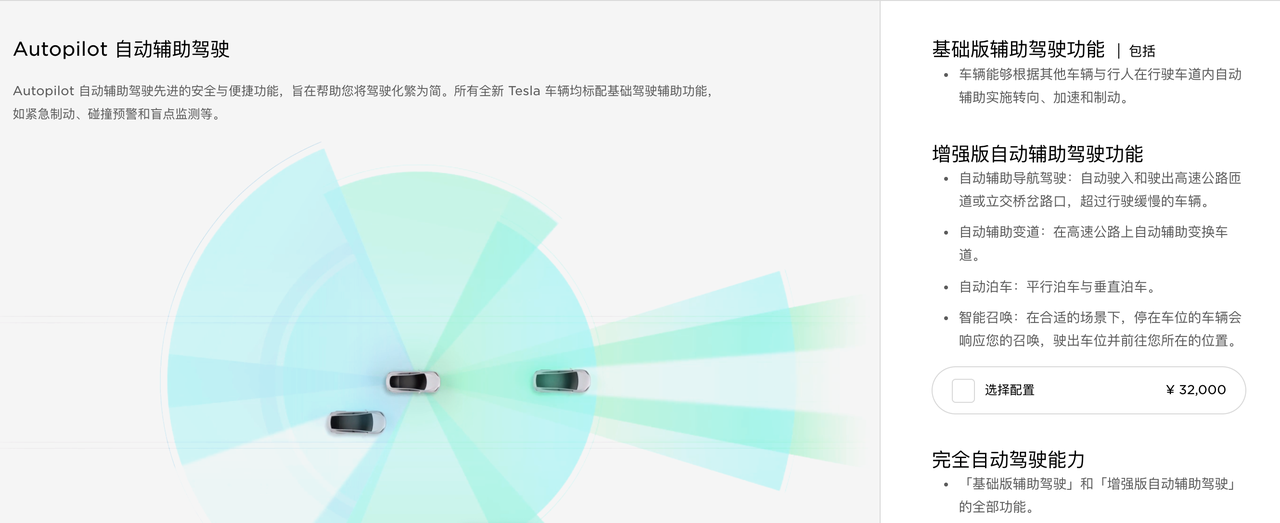
What is the best-assisted driving system? Which vehicles are currently equipped with the best-assisted driving technology?To explain the differences in the “Assisted Driving” functions among various car models clearly, we filmed a video about it. After watching this video, you will have a clear understanding of the purpose of Assisted Driving and the differences between different cars:
🔗 Assisted Driving Season 2: This time, we’re releasing a review standard for Assisted Driving
If you want to know more about the data of different car models, you can also visit our official website’s “42Mark” channel. Currently, we have tested the basic Assisted Driving capabilities of 14 car models, and this page will be continuously updated.
What is OTA Upgrade? And why is it needed?
In fact, it is the software update function in our mobile phones. Now, cars can also receive “software updates” to continually optimize driving experience and add new functions. Here, we need to clarify two concepts. OTA is divided into “whole-vehicle OTA” and “infotainment system OTA”.
Whole-vehicle OTA: Can update the whole car’s system and adjust functions. For example, NIO’s “Snowy Road Mode” was updated to all NIO car owners throughout China via the Whole-vehicle OTA function.
Infotainment system OTA: Can only upgrade the infotainment system’s software.
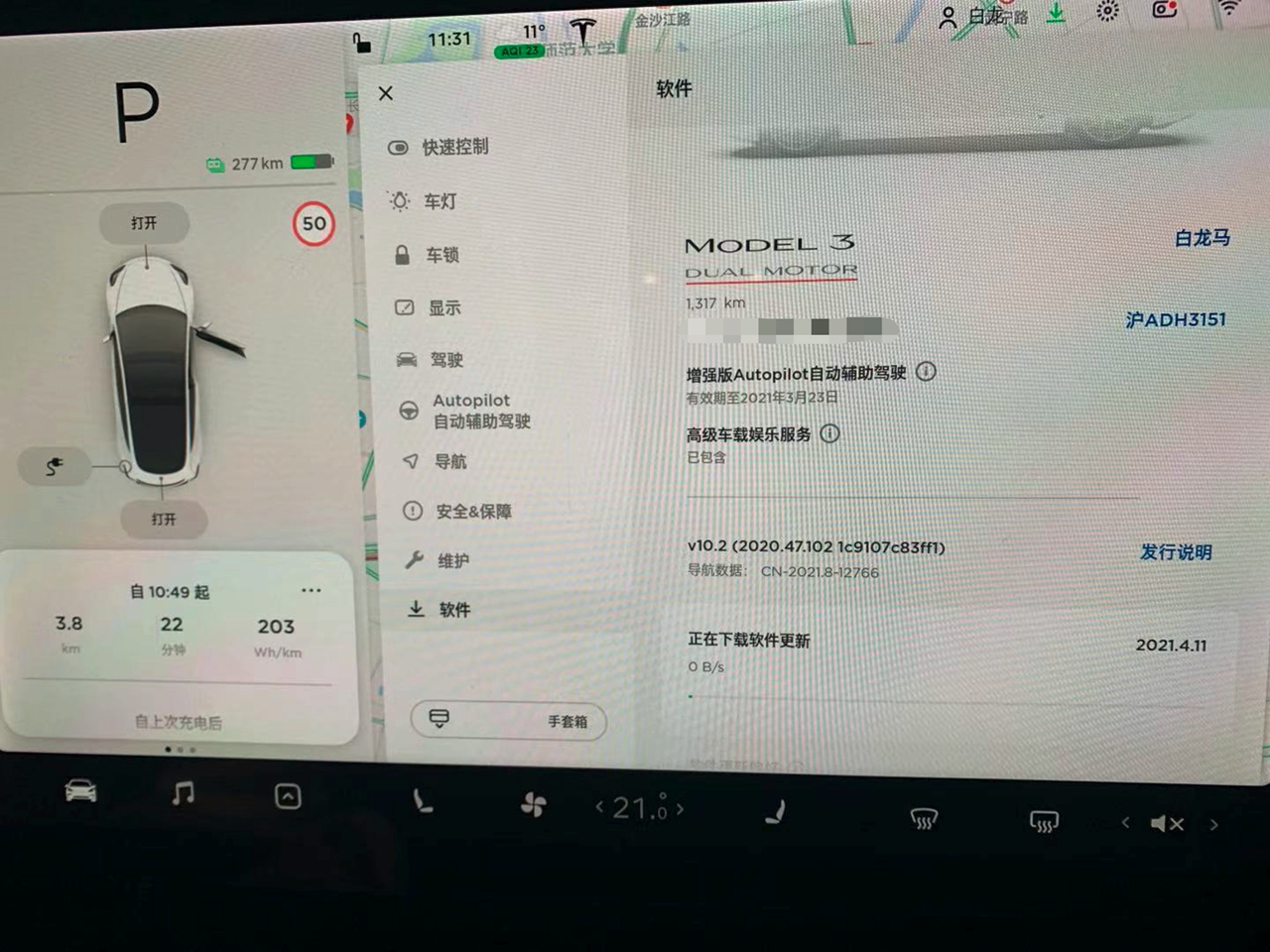
Key Policies
Can you do whatever you want with lifelong quality assurance?
Of course not. All car companies have clear regulations for their lifelong quality assurance policies, so we recommend that you carefully read them. Here, we will emphasize the most important basic principle, which is that only non-human-made damage is covered by the quality assurance policy. In other words, the car can only be damaged from normal usage, but not due to your personal use. We’ll provide two examples:
Case eligible for quality assurance:
For example, during the normal use of the car, the battery is unable to turn on due to a power cut. After inspection, no external injuries, disassembly, wear, or padding are found on the battery. In this case, it qualifies for quality assurance.
Case not eligible for quality assurance:
If the car battery is damaged due to poor road conditions that the driver did not accurately assess during driving, such as hitting or scratching the battery, it is considered to be human-made damage and not covered by the quality assurance policy.
That concludes this electric car knowledge article. This article will be continually updated on the 42Garage official website “www.42how.com“. If you have any questions that you want to ask, please feel free to leave a comment in the comments section. We will continue to answer your questions.
This article is a translation by ChatGPT of a Chinese report from 42HOW. If you have any questions about it, please email bd@42how.com.
